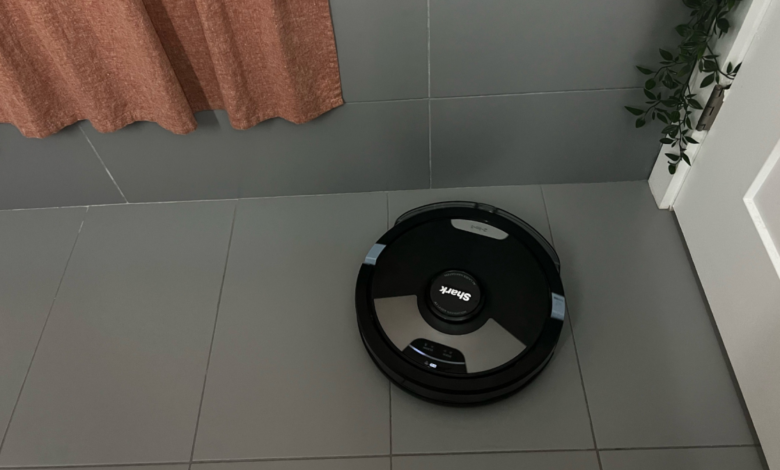4 best robot vacuums and mops of 2024: Tested and approved

The traditional mop and bucket is a logistical headache, but a 2-in-1 robot vacuum can be just as frustrating if they’re not doing what you bought them to do. If you’ve decided you’re down to pay to cross two chores off your list with one purchase, then the following factors are key in ensuring an experience that’s actually worthwhile:
Floor-type sensors: A robot vacuum’s ability to adjust suction based on floor type is important even just in the dry sweeping realm. But for robot mops, this is exactly the feature that will keep your carpets from getting soggy. Most hybrids automatically start to mop once their water tank is attached, but only the smarter ones know to pause the water flow and lift their wet cloth above the carpet. Bots that remember your rooms or follow virtual boundaries can also be programmed to avoid carpeted areas while mopping altogether.
Mopping with movement and force: The best robot vacuum and mops may not scrub with as much “oomph” as your own two hands, but they can tackle shoe prints or water marks better than those that just lightly put wet cloth to floor. While most 2-in-1 models can successfully wipe up a fresh juice or wine spill, a mopping mechanism like Roborock’s sonic mopping or iRobot’s SmartScrub technology actually exerts force in tandem with rapid back-and-forth movement to penetrate stubborn dried stains and render the most noticeable results on hard floors.
Smart mapping: A robot vacuum’s navigation tech decides how accurately it can remember your home’s layout (if at all). Currently, the golden standard for smart mapping is LiDAR: A laser that scans different points in your home to determine where walls are. On the other hand, there’s also VSLAM technology — which instead uses cameras for mapping and navigation. The major downside of VSLAM is that it needs light to operate (meaning you won’t be able to program your hybrid vac to work while you sleep, like you can with LiDAR navigation).
Once a robot vacuum has made its rounds and gotten its bearings, it creates a floor plan to reference for future cleanings. You’ll be able to modify and label rooms as necessary in your robot vacuum’s corresponding app, as well as send the botvac to specific rooms.
Virtual boundaries: Most times, the app also provides an option to set up virtual boundaries around smaller areas that you’d like the vacuum to avoid, like a pile of toys or your pet’s precious water bowl. This feature is particularly necessary for rugs if your 2-in-1 can’t sense floor type. Otherwise, there’s nothing stopping your new hybrid from mopping on soft floors.
Dust bin size and self-emptying: If you’re living in a condo, apartment, or other small space, you probably won’t need a massive vacuum reservoir. If you’re hoping to cover an entire house, you’ll want to look for something that won’t have to be emptied out after every single cleaning session. A self-emptying vacuum will come in clutch here, as it automatically empties its debris into a dock and lets you off the hook for a month or two.
Battery life: A 90 to 100-minute battery life should be sufficient to cover an apartment in one charge, or if most of your cleaning will be done on a room-by-room basis. Battery life of 170 to over 200 minutes isn’t hard to find and would be ideal for square footage above 1,500. Even the cheapest robot vacuums nowadays should recharge on their own and automatically resume cleaning, meaning you won’t have to pick them up and escort them back to base.





